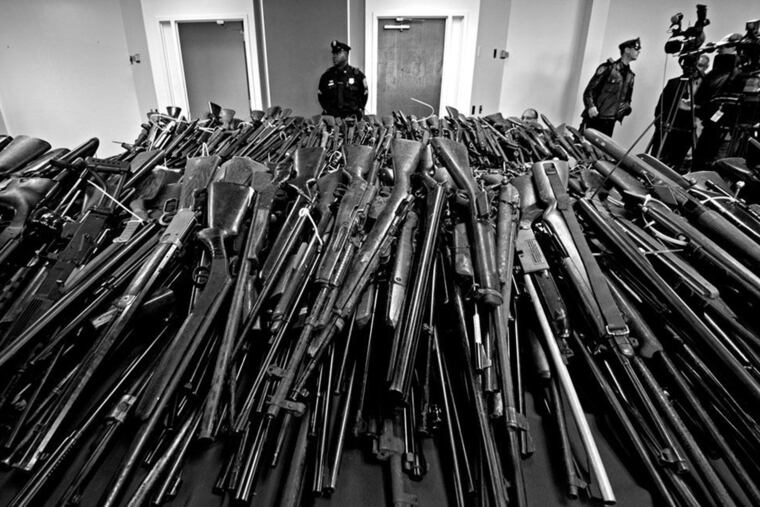Gun buybacks don’t cut crime. Here is what might.
The guns we get back aren't the ones used in crimes. Other cities have boosted rewards for tips and tried other measures that likely work better to reduce crime.

The guns we get back aren't the ones used in crimes. Other cities have boosted rewards for tips and tried other measures that likely work better to reduce crime.
